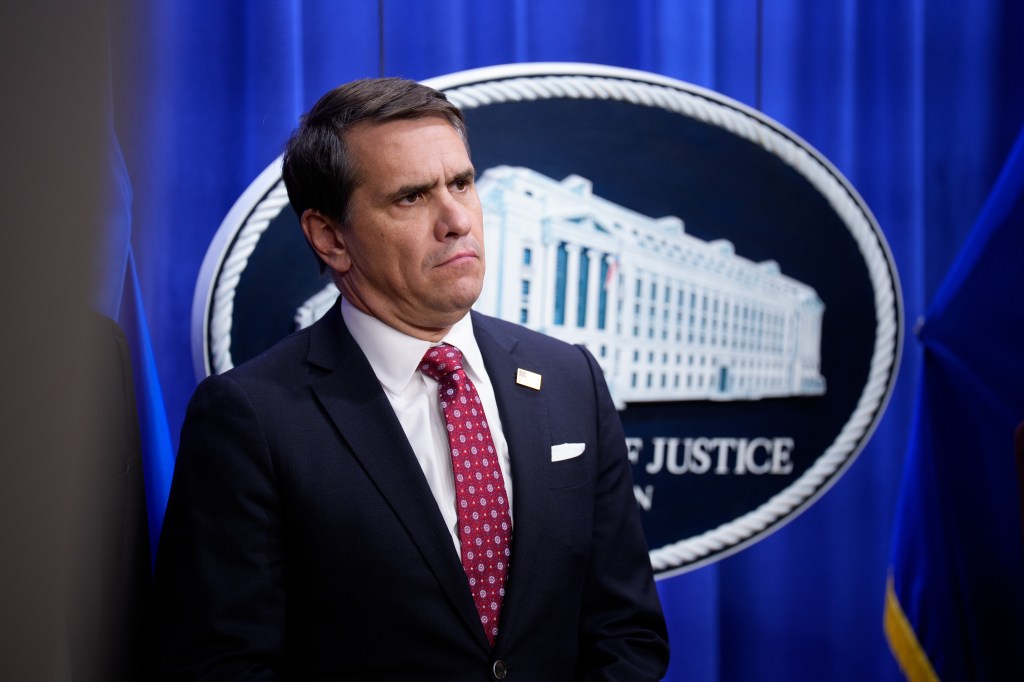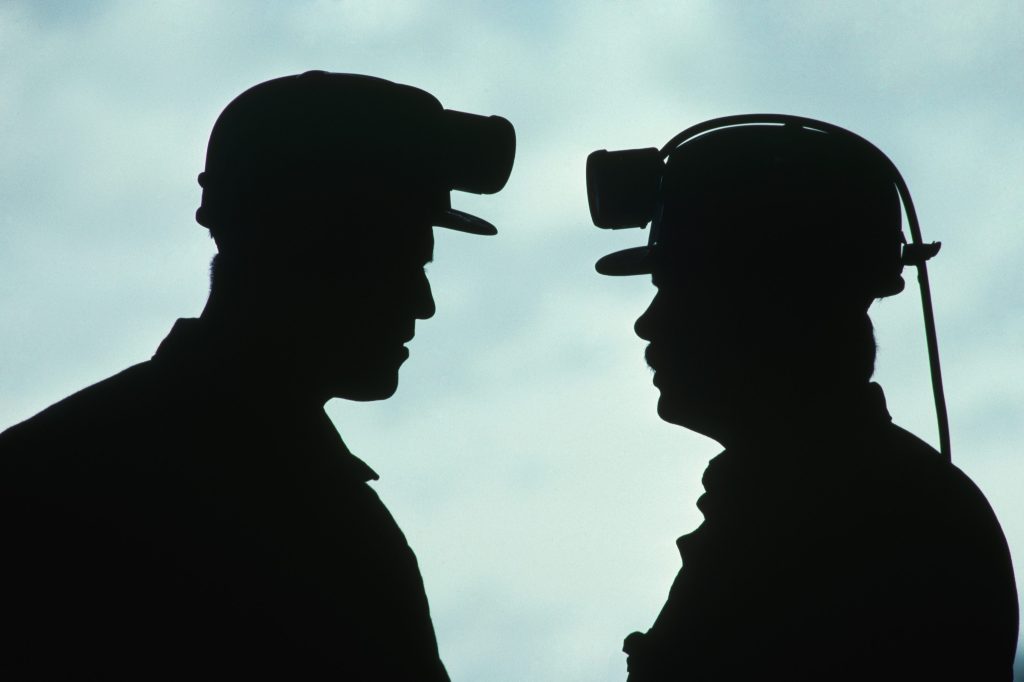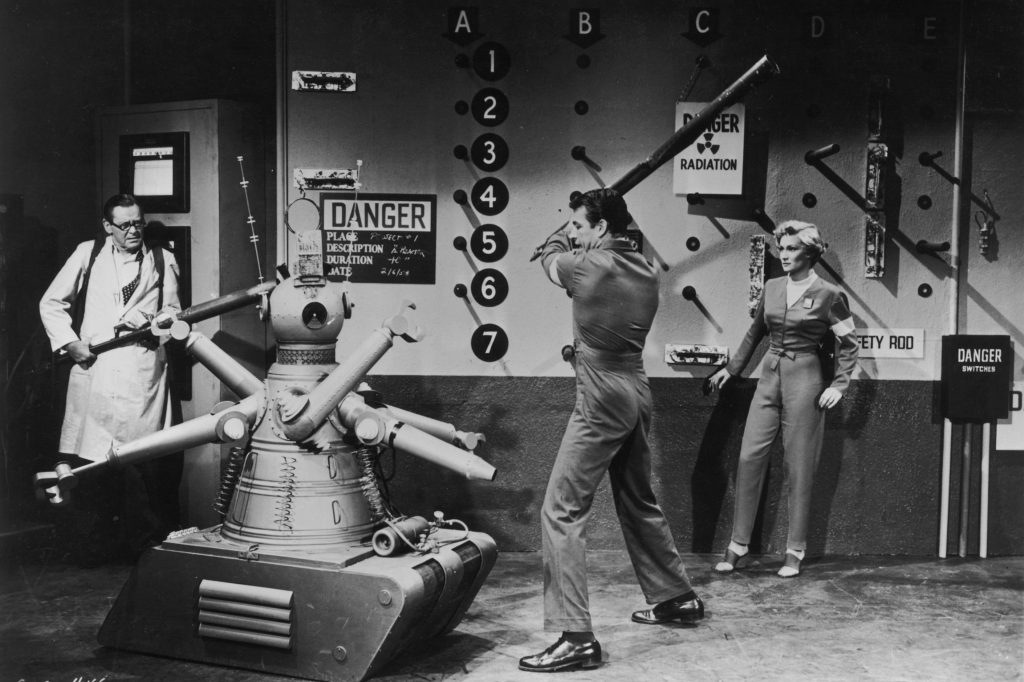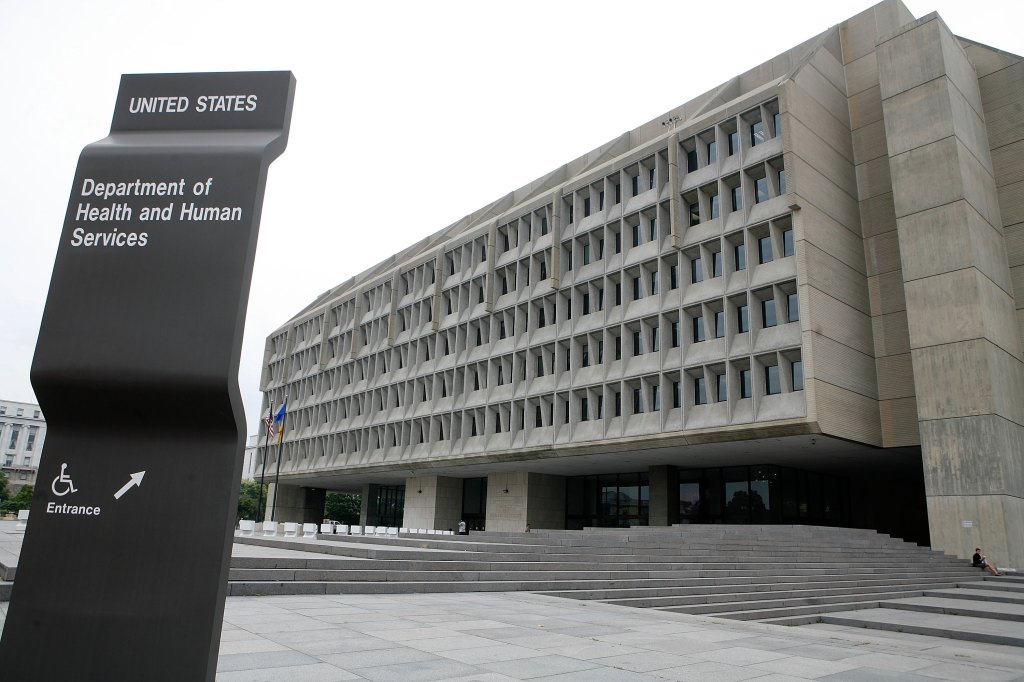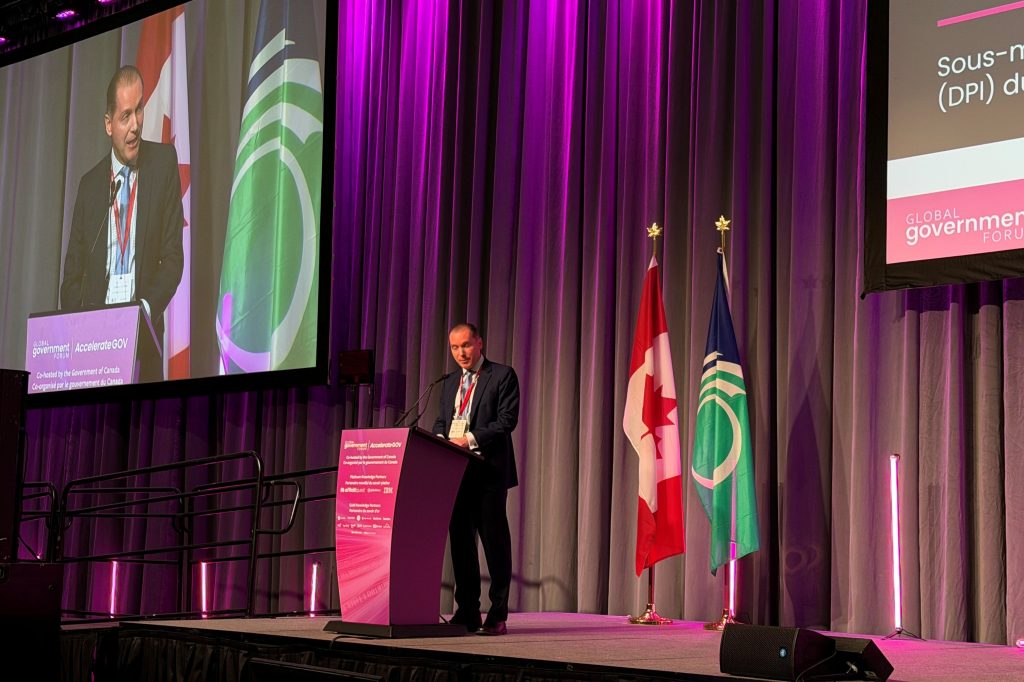Reflecting back on the year, one big message emerges from the plethora of interwoven stories. This is the fact that no matter how technologically advanced and forward looking our society becomes, some fundamental things remain the same.
In January, here in the UK and in many other places around
Register for free to keep reading
To continue reading this article and unlock full access to GRIP, register now. You’ll enjoy free access to all content until our subscription service launches in early 2026.
- Unlimited access to industry insights
- Stay on top of key rules and regulatory changes with our Rules Navigator
- Ad-free experience with no distractions
- Regular podcasts from trusted external experts
- Fresh compliance and regulatory content every day

